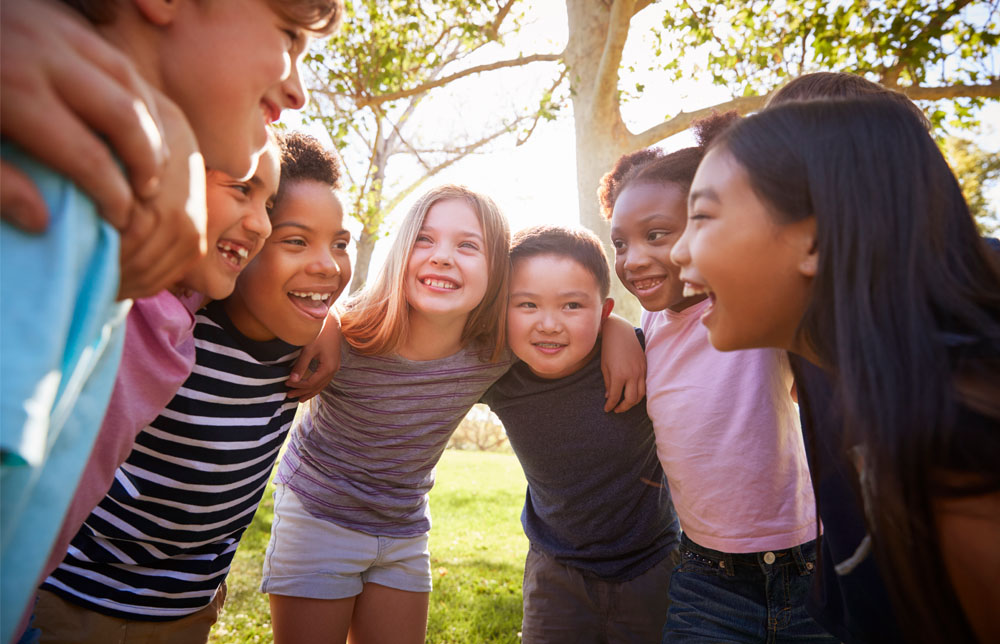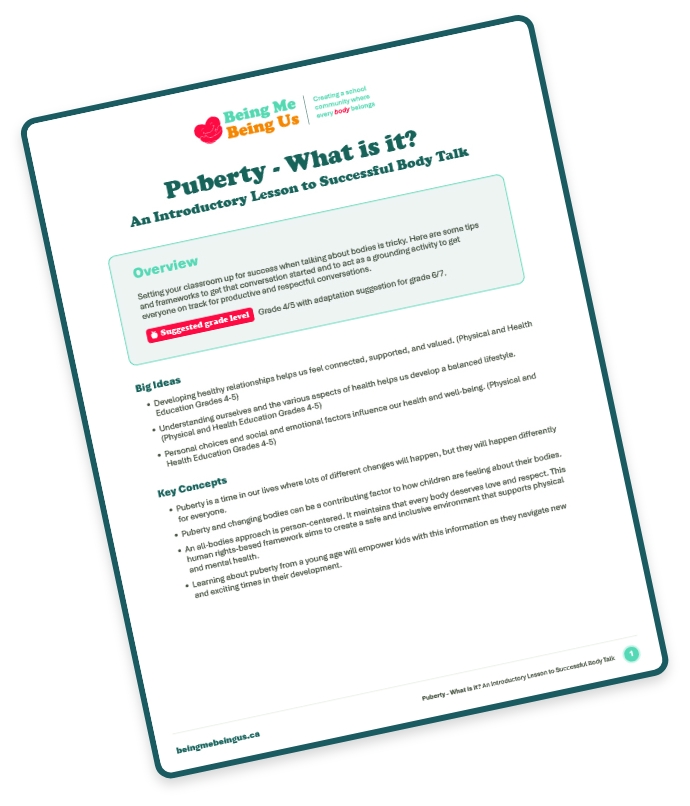All people, regardless of gender or sex assigned at birth can be affected by struggles with body image. We all benefit from healthy messaging around body image. Media, TV, and the internet are a huge part of our lives. Social media can be fun and a way to connect with others, but we need to help kids navigate it and use it in a safe and positive way. Teaching students about media literacy can help them:
- identify and defuse appearance-based messages.
- develop strategies to critique unhelpful media messages and unrealistic body ideals and to reduce overall exposure to media.
Strategies to explore media literacy with students include:
- Creating awareness:
- Start by acknowledging the ways that media can affect our self-image. How does the media have a positive or a negative impact on how we see others versus how we see ourselves?
- Talking about a healthy balance between online life and in-person interactions will help determine what our shared values are and how they impact healthy growth and development.
- Careful selection of messaging:
- Asking students to find media messages that promote a negative body image as an assignment may inadvertently lead them to risky sources that could affect their future online habits, especially on social media. A student’s online search history can affect future messages and links they are sent by various media.
- Instead, ask students to find or create media messages that promote a body-inclusive culture or give them teacher-curated examples and non-examples.
- Creating safe guidelines around media use and consumption, and talking about troubleshooting techniques when kids do need help will be an essential part of setting them up for success in the future.
- Explain to them that there are lots of things online that are just not for kids, and that kids don’t always have the necessary life experience to make sense of these things, so when in doubt, check in with a trusted grown up/adult.
- Letting kids know that we trust them online, but that we are also here for them when they need help or have questions will help to build trust and set the stage for open communication and productive conversations.



